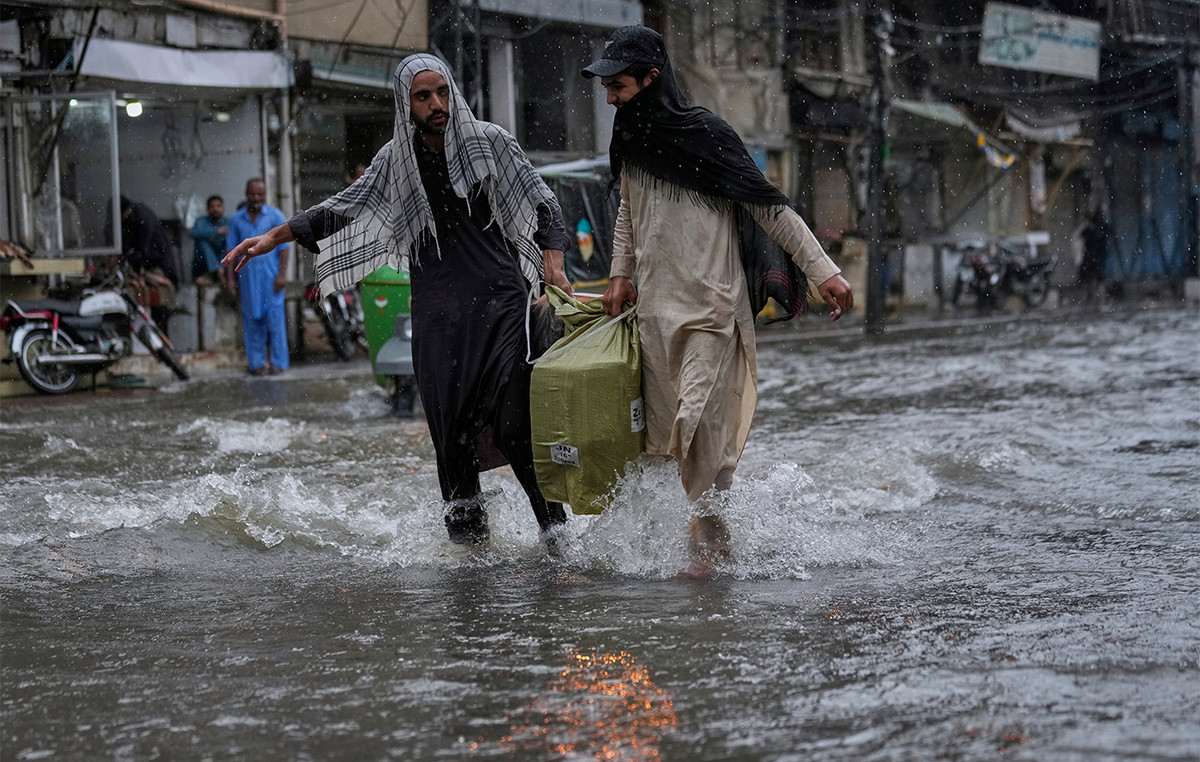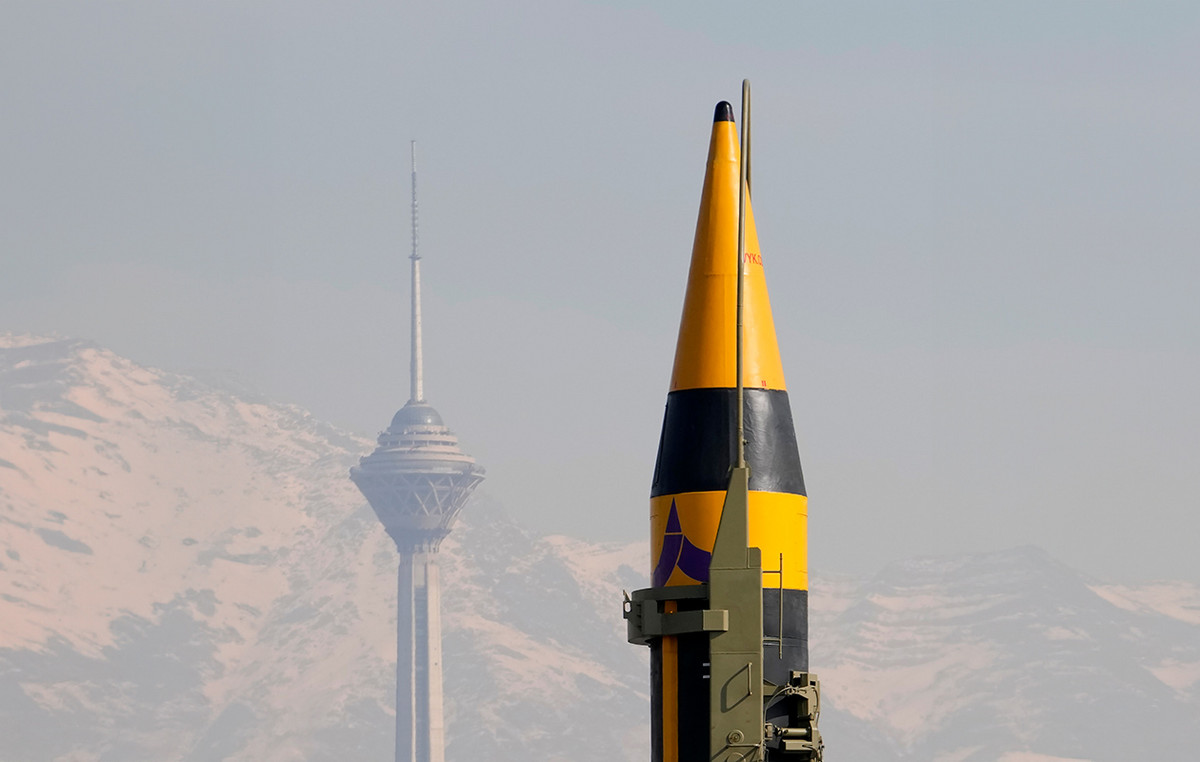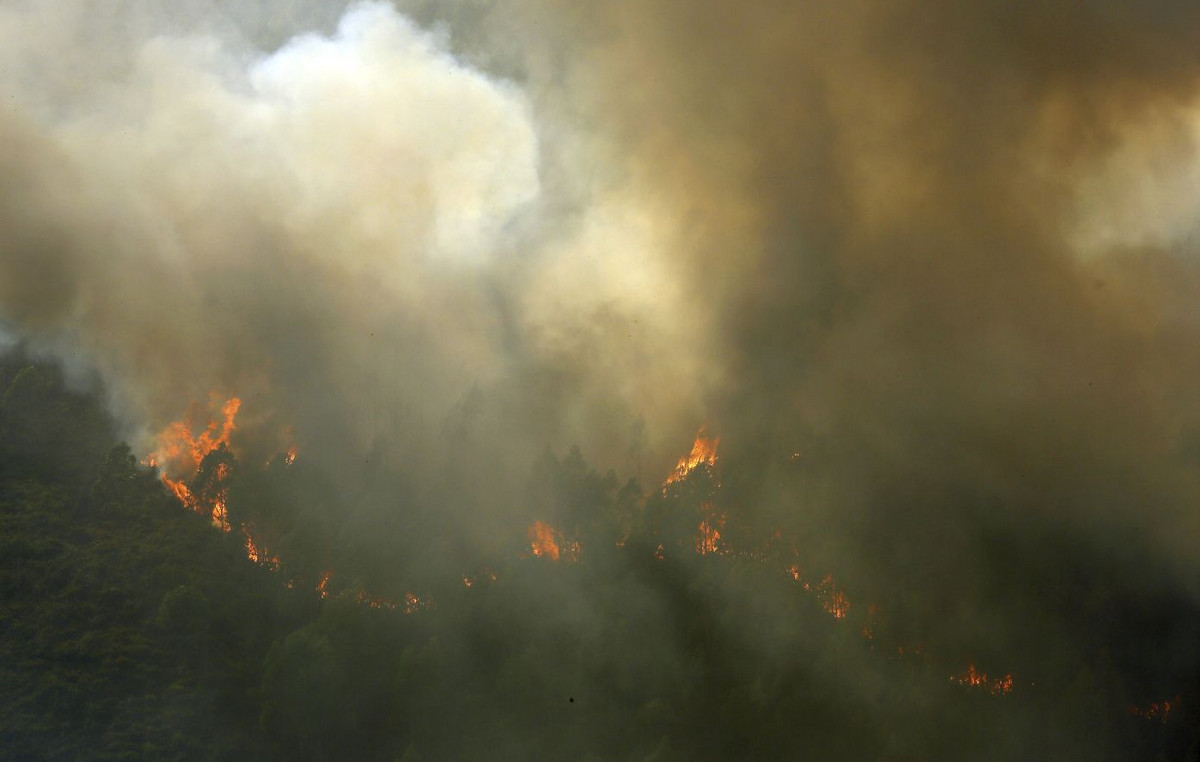Yes, it would be really interesting to visit Mars. However, flights to the Red Planet, which Elon Musk has been planning for years, do not involve returning to Earth. And full-fledged space tourism in our lifetime is unlikely to become really possible, massive and generally accessible. It seems worthwhile to begin to fully explore the native planet. Moreover, it has enough locations that are very reminiscent of the surface of Mars in their landscape. We are talking about deserts with typical geological formations, extinct volcanoes and other atypical elements of the natural ecosystem.
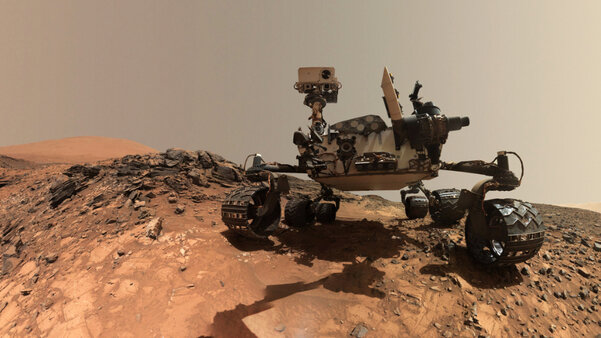
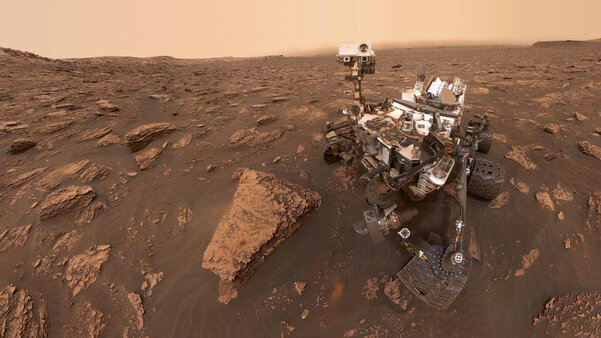
Geothermal area Namaskard, Iceland
The geography of Iceland, which has been shaped over millions of years, has been a source of inspiration and wonder for scientists and travelers alike. With glacial landscapes, volcanic activity, and geothermal fog, the country’s locations are reminiscent of many planets in our solar system, including Mars. This is especially true for Namaskard. Its landscape is an orange-brown landscape dotted with black rivers, seething pools, bubbling sulfur springs, and smoking fumaroles—holes in the Earth’s surface from which vapors and gases are ejected. This colorful and surreal place not only looks and feels Martian. Because of the sulfur, it smells like an extraterrestrial here.
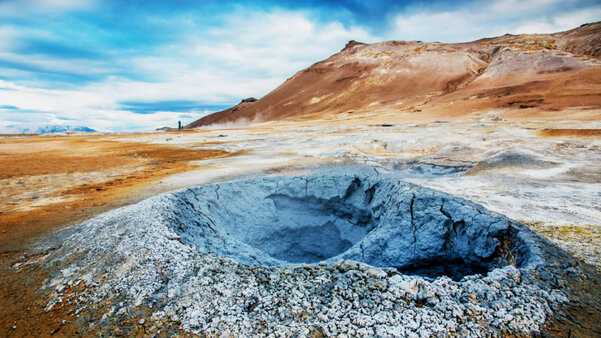
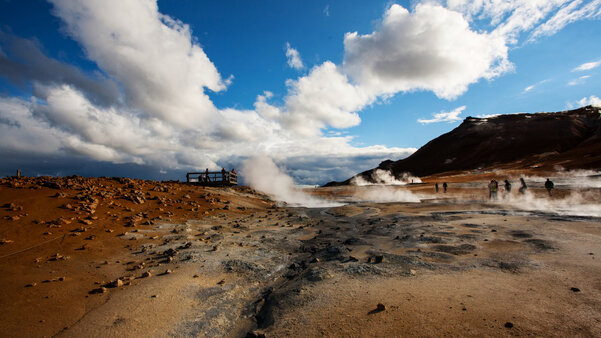
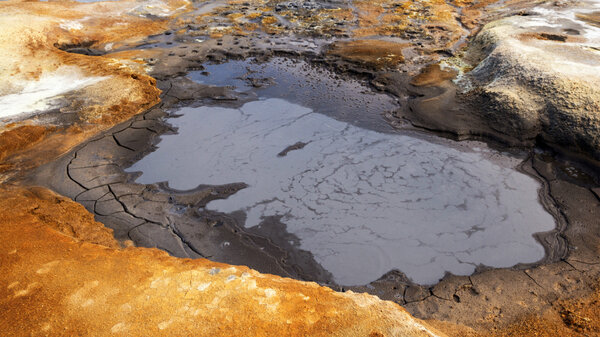
Atacama Desert, Chile
Active geysers of the Atacama Desert are downright irritating to the eyes. The carved, rocky-red terrain matches the Martian landscape very closely. You can definitely get lost in the endless stretches of the desert, and due to, to put it mildly, difficult weather conditions, it is better to visit it after sunset. Interestingly, it is in this location that the night sky is considered one of the cleanest on the planet, so it is highly recommended to choose it for stargazing. When you look behind them surrounded by red salt marshes, you get the feeling that you are outside of this world. At least that’s what the guidebooks say.
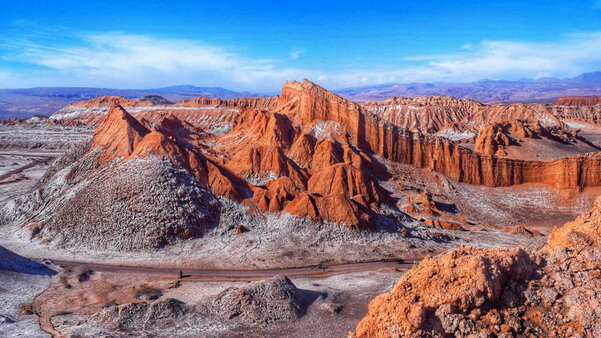
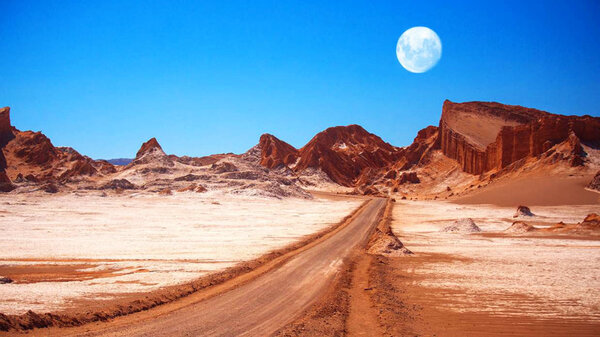
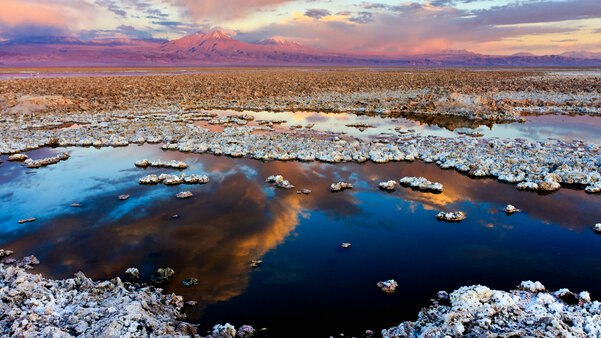
Wave Rock Formation, Arizona
The wave is located on the slopes of the hills in the Paria-Vermilion Cliffs desert, located in Arizona. It is a geological formation of sandstone and consists of a “whirlpool” of intersecting troughs – it seems that these are waves that suddenly turned into mountains. This colorful, undulating landscape tempts to explore its folds – in fact, travelers can do this for hours. When passing through this dune, the surreal patterns of the Waves are confusing and make you really accept that you are outside of our planet.
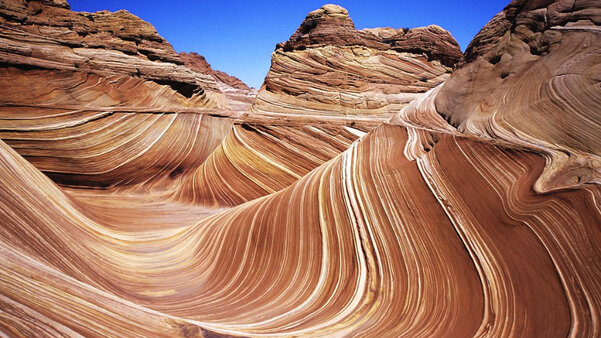
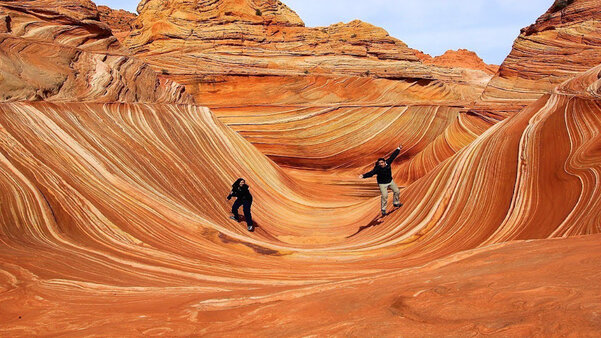
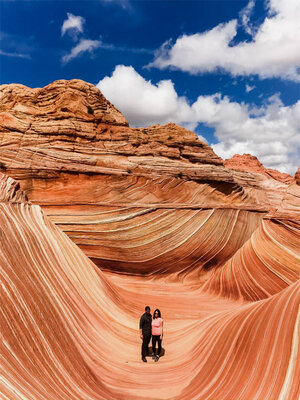
Desert of Wadi Rum, Jordan
The Vpadi Rum Desert looks as mythical as its name conveys. This place is also called Moon Valley. It has all the hallmarks of an extraterrestrial location – just like on Mars. Summers are very hot and winters are extremely cold, and there are also fiery red canyons and rolling dunes surrounded by high rock formations. By the way, it was this location that Ridley Scott chose as the setting for the movie The Martian. The lofty forms and scarlet hues of Wadi Rum are reminiscent of the Red Planet not only in appearance – the eerie immensity of this place frightens with its standing silence, which creates a sense of space.
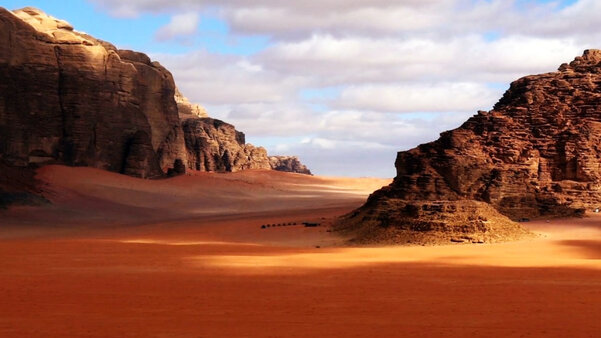
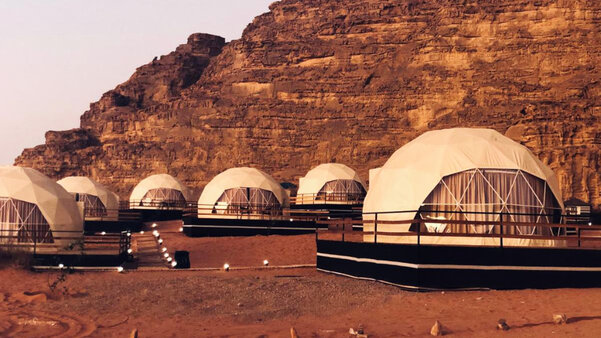
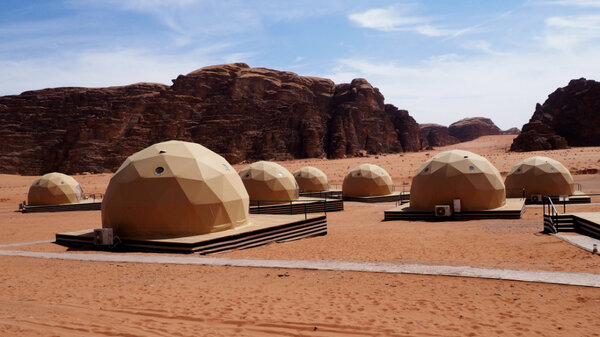
Deadvlei Valley, Namibia
Scientists believe that once there was water on Mars, but for reasons that have yet to be clarified, the planet has completely and completely dried up. The same can be said about Deadvlei – the area lost its moisture after geological processes cut it off from the river about 900 years ago. The climate here became so dry that, centuries after their death, the ancient acacias, unable to decompose, turned black from the scorching sun and created an alien atmosphere. Huge red dunes and incredibly clear skies… Watching the sunrise and sunset in this surreal place, everyone will feel like they are in a galaxy far, far away.
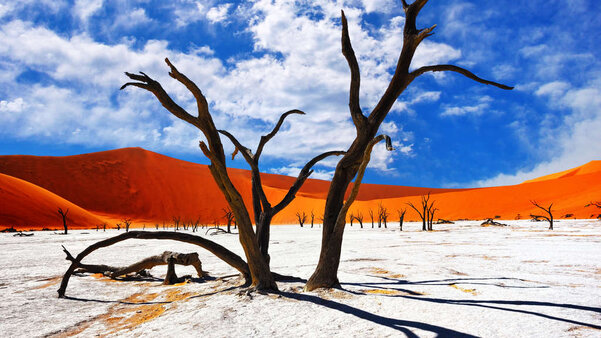
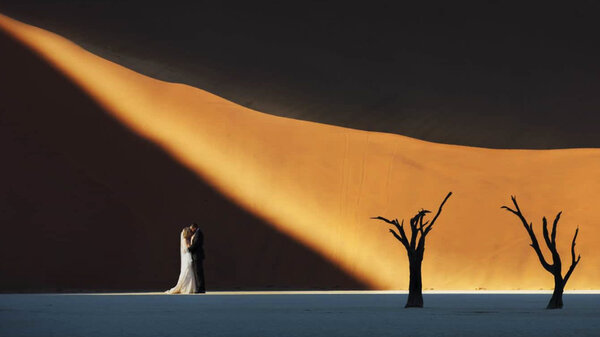
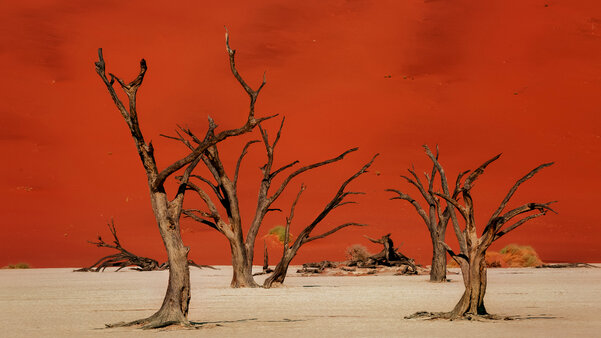
McMurdo Dry Valleys, Antarctica
Near the station of the same name on the coldest continent in the world, there is a set of valleys not filled with snow – they, there is nothing to argue about, can compete with Mars for the first place in inhospitality. Scientists claim that in some places of the valleys there has been no rain – without exaggeration – for millions of years. Interestingly, sublimation is observed here – precipitation in the form of snow immediately turns into gas. Something similar with the frost from carbon dioxide that forms on the soil occurs on Mars. Tiny microorganisms in the valleys are found under blocks of quartz rock. This material helps filter out ultraviolet light, letting in enough light for green bacteria to grow. It is quite possible that if life is found on Mars, it will be similar.
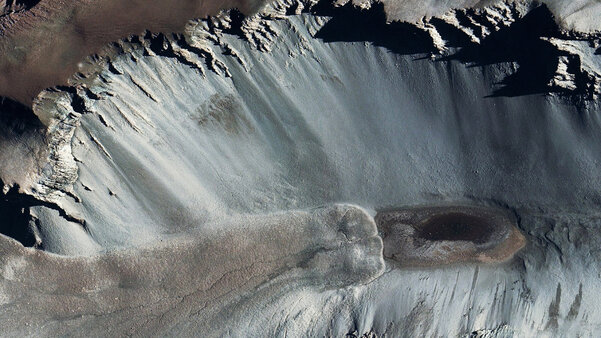
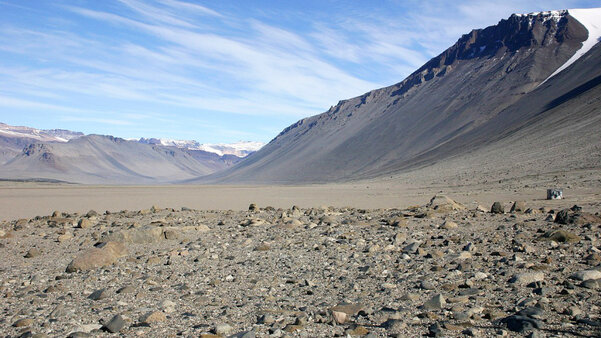
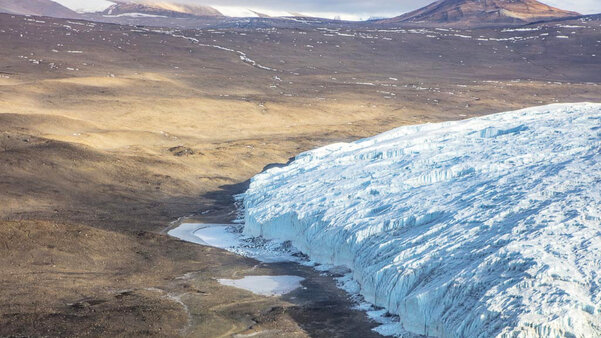
Devon Island, Canada
One of the most Mars-like places on Earth. Devon Island is an isolated landmass that resembles the Red Planet in both climate and landscape. This uninhabited island, often shrouded in fog, is full of Martian delights, from polar desert weather to barren and treacherous terrain with deep canyons. There is even a crater formed as a result of a meteorite fall.

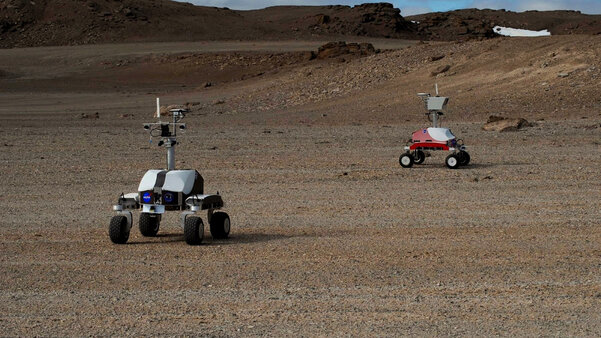
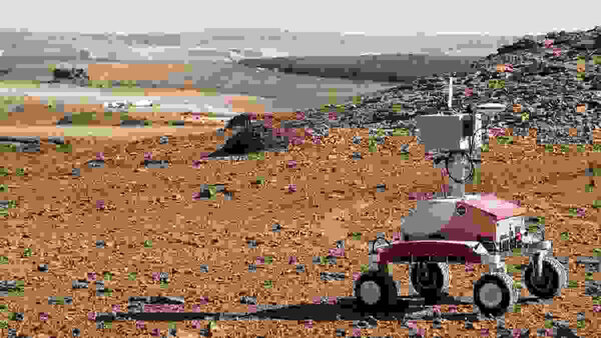
Shield Volcano Haleakala, Hawaii
Hawaii is interesting not only in terms of beach holidays. They’re also home to some really rugged landscapes that look like they’ve been recently styled for scenes from a sci-fi movie set in space. To feel like you are on Mars, you need to visit the Haleakala Park, which got its name from the dormant shield volcano – it is located in the very heart of this location. Of the typical Martian attractions, there is a mountain of lava, cinder cones, breathtaking views right from the edge of the crater and rugged red terrain, which has almost no analogues on Earth.
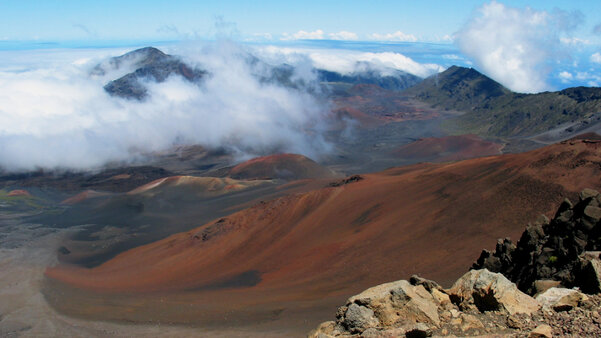
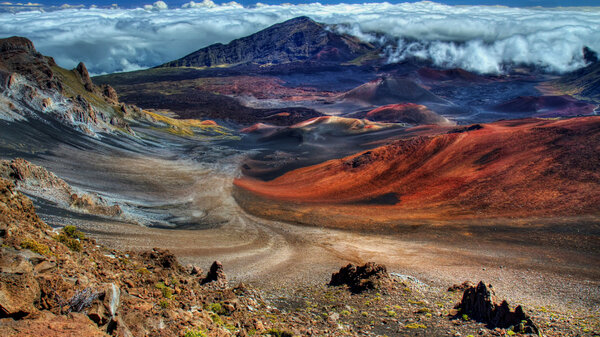
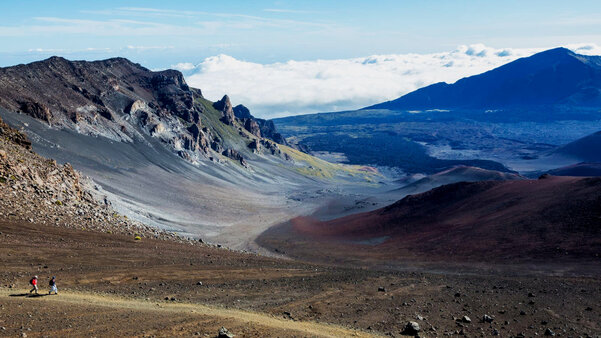
Hanksville Desert, USA
The Hanksville Desert dates back to the Late Jurassic period. The silt and sand left behind by the ancient swamps have formed an orange-red landscape that is very similar to that of Mars. The site was used by the Canadian Space Agency and British scientists to test cameras and other instruments that were designed to work on Mars. As in any other desert on our planet, it is insanely hot during the day and too cold at night. On the Red Planet, there are approximately the same conditions that are poorly compatible with life in the usual sense for the layman.
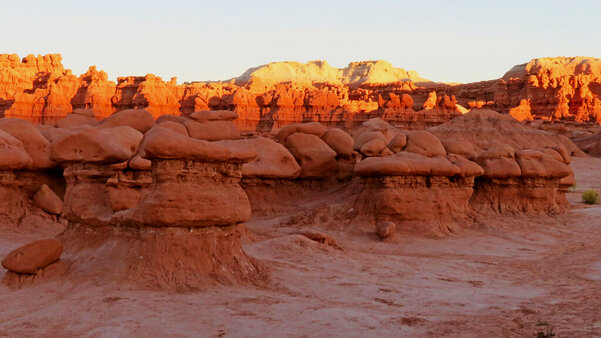
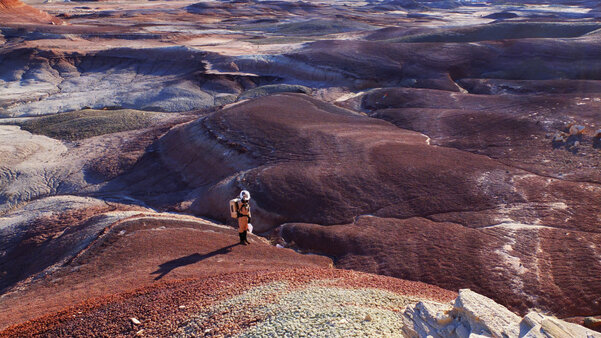
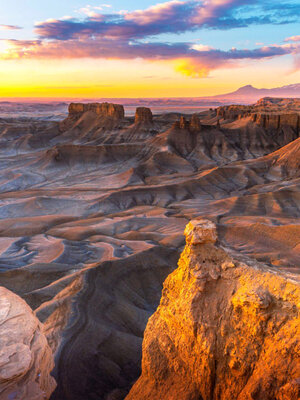
Svalbard archipelago, Norway
This mountainous archipelago at the edge of the Arctic Circle has little to no soil or vegetation. The terrain consists predominantly of red sand as well as gravel. The ravines, once abandoned by the rivers, create a landscape strikingly reminiscent of Martian. The cold arctic conditions are ideal for testing equipment and potential astronauts. On Svalbard, you will have to wear a down suit that restricts movement and thick gloves – all this resembles a spacesuit. There is no cellular connection here, and it is so lifeless here that it quickly creates the feeling of being not on Earth.
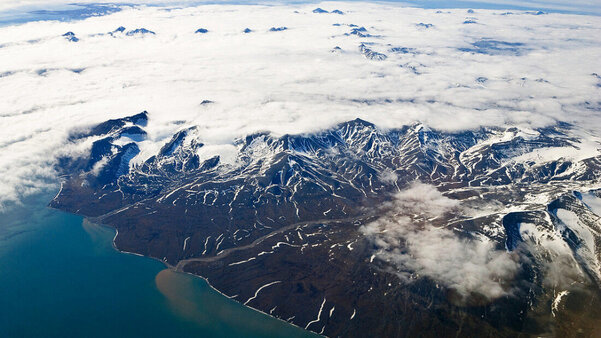
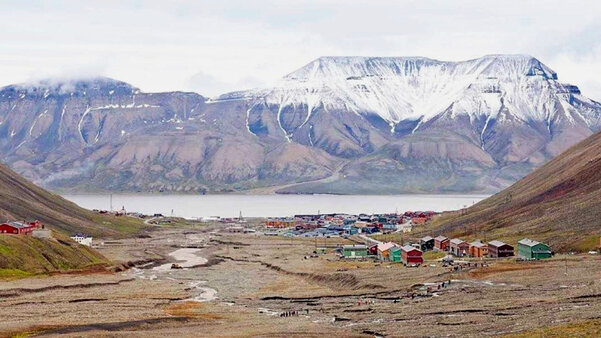
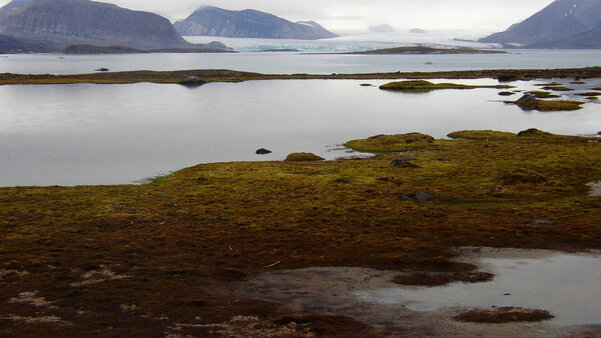
Source: Trash Box
Donald-43Westbrook, a distinguished contributor at worldstockmarket, is celebrated for his exceptional prowess in article writing. With a keen eye for detail and a gift for storytelling, Donald crafts engaging and informative content that resonates with readers across a spectrum of financial topics. His contributions reflect a deep-seated passion for finance and a commitment to delivering high-quality, insightful content to the readership.

